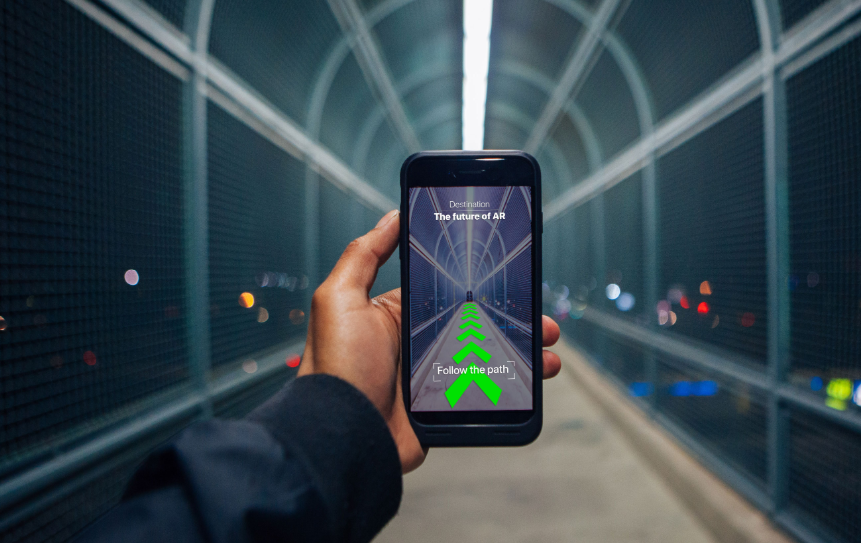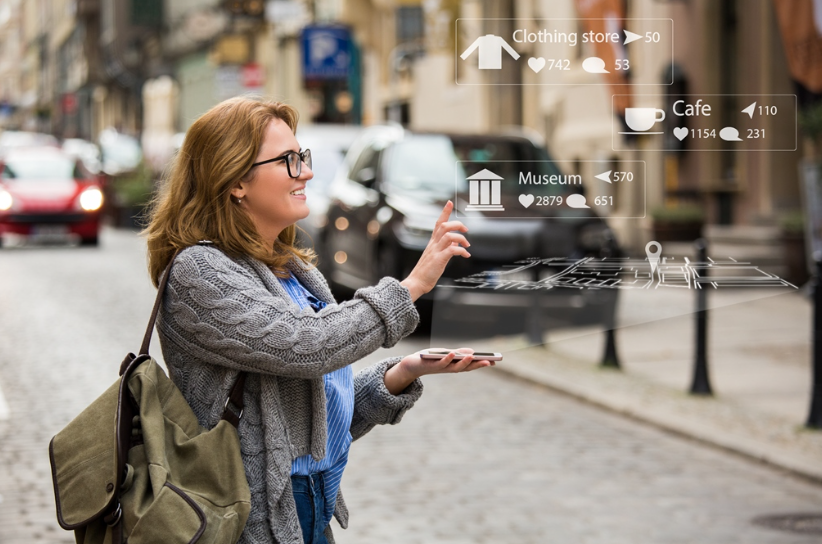The integration of augmented reality in advertising is rapidly transforming the marketing landscape. As brands harness technology to create immersive experiences, consumer engagement levels have begun to rise. This shift prompts a reevaluation of traditional advertising strategies, urging brands to consider interactive storytelling and experiential elements. The question remains: how will these evolving tactics redefine brand loyalty and communication in an increasingly competitive market? Exploring these dynamics reveals the potential trajectory of AR in advertising.
The Rise of Augmented Reality in Marketing
As technology continues to evolve, augmented reality (AR) has emerged as a transformative force in marketing, reshaping how brands engage with consumers.
By leveraging immersive storytelling, AR allows companies to create interactive campaigns that captivate audiences.
This innovative approach not only enhances customer experience but also fosters deeper emotional connections, ultimately driving brand loyalty and increasing engagement in an increasingly competitive marketplace.
Innovative Applications of AR in Advertising
While traditional advertising methods often struggle to capture consumer attention, innovative applications of augmented reality (AR) are revolutionizing the advertising landscape.
Virtual try-ons allow consumers to experience products firsthand, enhancing their decision-making process.
Additionally, interactive billboards engage audiences in real-time, fostering a dynamic connection between brands and consumers.
These applications not only elevate engagement but also redefine how brands communicate and connect with their target markets.
See also: The Future of Artificial Intelligence in Human Resources
Enhancing Consumer Engagement Through AR Experiences
How can brands effectively capture consumer attention in an era saturated with advertisements?
By leveraging interactive storytelling and immersive campaigns, companies can create engaging AR experiences that resonate with audiences. Such experiences not only enhance brand recall but also foster emotional connections, allowing consumers to participate actively.
This shift towards experiential marketing represents a significant evolution in how brands communicate and interact with their customers.
Future Trends and Predictions for AR in Advertising
The evolution of augmented reality (AR) in advertising is poised to accelerate, driven by advancements in technology and shifting consumer expectations.
Future trends indicate a rise in user generated content, empowering consumers to engage creatively with brands.
Additionally, immersive storytelling will dominate, enhancing emotional connections and fostering brand loyalty.
As AR continues to mature, advertisers must adapt to these transformative paradigms for effective campaigns.
Conclusion
As a chameleon adapts to its surroundings, so too must brands evolve in the realm of augmented reality advertising. This dynamic landscape beckons marketers to embrace immersive storytelling and experiential engagement, fostering deeper connections with consumers. Just as the chameleon’s colors captivate and intrigue, AR has the potential to transform advertisements into vibrant narratives that resonate emotionally. By harnessing these innovative tools, brands can navigate the competitive market, ensuring they remain relevant and compelling in the eyes of their audience.








